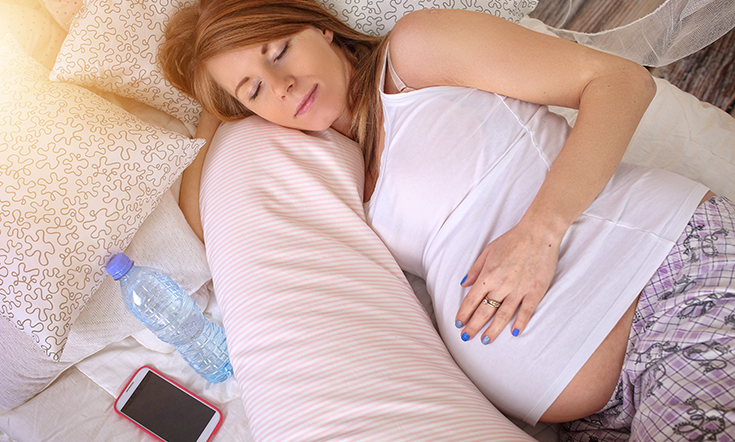

Around 25 per cent of pregnant women suffer from serious pelvic pain. For eight per cent of those women are severely disabled from this pain. Pelvic Instability in pregnancy is a condition that commonly presents in the second and third trimester causing the hip joints to separate or move during pregnancy, leading to pain in the hips, legs and pelvis.
Health care providers have varying responses to pelvic pain, with some stating that it is a normal and expected part of pregnancy; and others diagnosing the condition and referring patients on to a specialist for treatment. Treatment is most commonly by a physiotherapist. Rather than the condition being cured, it can be managed throughout the pregnancy and usually goes away not long after giving birth.
The exact causes of Pelvic Instability in pregnancy are not completely understood, but it is thought to be caused by the hormone relaxin, which is released into the body to help soften the body for labour. In some instances the body releases too much relaxin, too early in the pregnancy and the result can be Pelvic Instability. Change in body weight in pregnancy, as well as the woman’s posture in pregnancy can also contribute to it.
You are at higher risk of Pelvis Instability if you have had:
- previous pelvic injury, low back or pelvic pain.
- diagnosed with it in a previous pregnancy,
- physically demanding job
- overweight before or during your pregnancy
- have hyper-mobility syndrome (increased mobility in other joints)
It is important to seek medical help if you think you have Pelvic Instability as early intervention can effect its severity.
There are things that you can do to help with Pelvic Instability on a day-to-day basis.
Here are some suggestions:
- Sleeping on your side with a pillow between your knees (this will take the pressure off your hips and lower back).
- Wear a pregnancy support belt or Tubular bandage to help take the pressure off your hips and pelvis.
- Wearing a satin nighty or pyjamas to help make rolling over in bed easier.
- Using a shower chair so you can sit down while you bathe.
- Consider online grocery shopping to avoid heavy lifting.
- Invest in some long BBQ tongs to save you bending.
- Make cuddle time with young children on your lap, rather than picking them up.






















